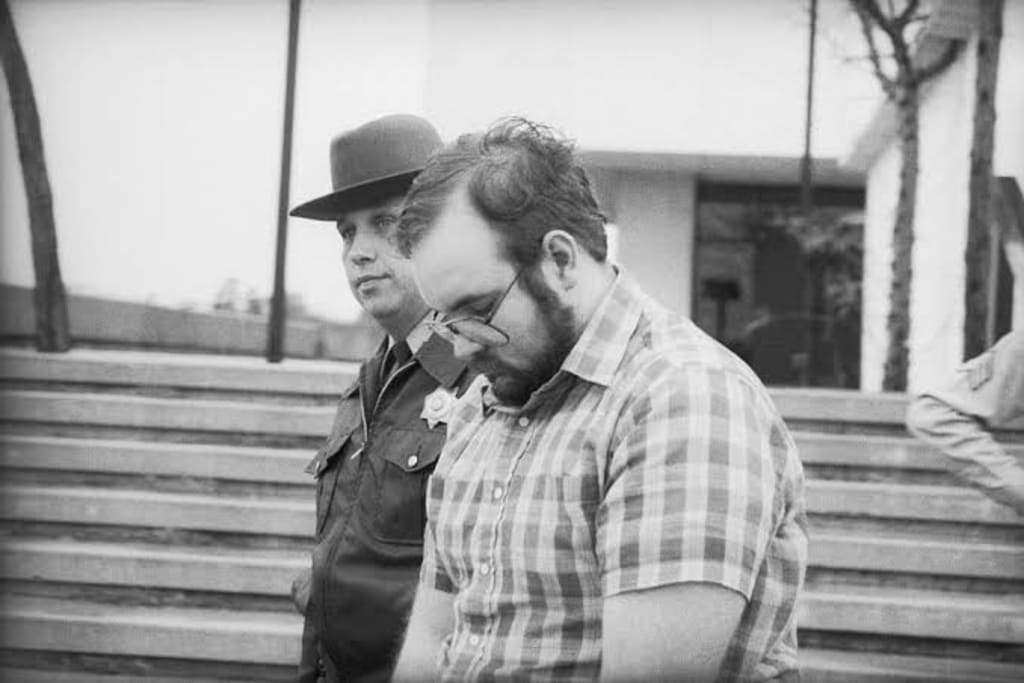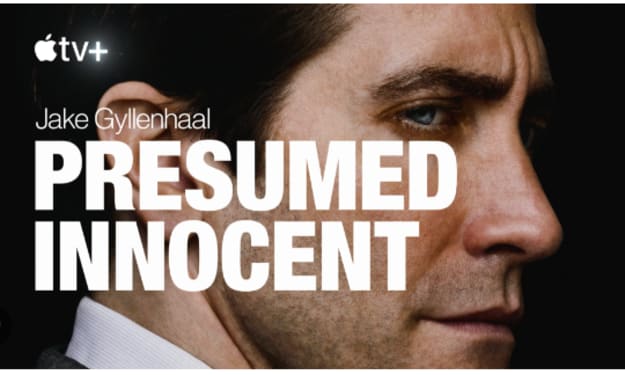How The Dinosaurs Actually Died.
A ruthless murder was committed! Someone killed the dinosaurs and we have the murderer! Witnesses say that an Everest-sized asteroid hit Earth, devastated the planet and caused a mass extinction. A simple, fascinating and convincing explanation. Or… is it? In the last few years, new evidence has reinvigorated an older theory pointing at a second suspect. A very slow and liquid asteroid, 1000 times bigger, hitting earth on the opposite side of the planet. Like the true crime channel we are, let's look at the new evidence and tell a different story that could change everything we thought we knew… The Last Days of a Kingdom 66 million years ago, Earth was barely recognizable. It was the last days of the Cretaceous, one of the hottest periods in Earth’s history and much more humid. Lush jungles and woodlands covered much of the planet. Even the polar regions were home to forests of prehistoric pines and ferns. Amazing ecosystems that were robust enough to survive the many months of darkness during the polar night. Oversized animals were everywhere. Pterosaurs filled the skies, marine lizards and long necked monsters up to 15 meters swam in the oceans. And on land, basically everything larger than one meter was a dinosaur – one of the most successful animals ever to walk Earth, dominating the world for more than 150 million years. And then they were murdered. All these majestic creatures vanished in a split-second of geological time. Why? Yes, it is true that at around that time a big asteroid hit Earth. But… was this actually what killed the dinosaurs? Or did it arrive just in time to get all the blame? Because according to some recent science, just before the asteroid struck, an ancient nightmare, older than even the dinosaurs, decided to destroy the world. Let's look at how it might have done it. The Beast Slowly Awakens The ancient continents almost resembled the world of today but not quite. India was still a continent-sized tropical island full of lush rainforests and exotic life, on its way to smash into Asia. But this paradise also hosted something else. The Deccan Traps - a volcanic region a thousand kilometers wide and about to come to life in a dramatic fashion. The apocalypse began quietly and silently. About 800,000 years before the impact, the Deccan Traps began to exhale about 10 million tonnes of CO2 and sulfur dioxide each year. Which in the grand scheme of things was not that much, so for a long time no one noticed. The problem was, these emissions wouldn’t stop. For half a million years, they started to dangerously pile up in the atmosphere. About 300,000 years before the asteroid, the Deccan Traps started to vomit lava. This was nothing like a normal eruption – it was a lava flood. Imagine a landscape with volcanos stretching beyond the horizon. They were constantly active, releasing a steady flow of massive amounts of poison and lava, interrupted by much more violent and deadly eruptions. The lush paradise of India was the first victim as gigantic clouds spread toxic fumes and poisoned the coastal regions. Clouds of ash darkened the sky as rivers of magma started massive wildfires, eradicating many local ecosystems and paving the continent with dead dinosaurs. Still, at this point it all looked like a local catastrophe – one of many that have hit our planet over its billions of years of history. Had it stopped here, there might still be dinosaurs today. But the nightmare hadn’t even begun yet. The Beast Turns Furious The Deccan Traps would just not stop spewing lava. And so, after hundreds of thousands of years of never ending volcanic emissions, the catastrophe became global. First the planet experienced a wave of heating, with oceans getting at least 2ºC hotter in just 100,000 years. Which is bad, but just about the timeframe that leaves ecosystems a chance to adapt. But then nature would pull a cruel prank. Some of the gasses of the Deccan Traps heated the planet up, while others cooled it down. But the mix was uneven, so after the initial warming, a period of cooling followed, massively stressing the ecosystems that barely managed to adapt to the hotter temperatures. At the same time, the sulfur in the atmosphere came back down as acid rain, while the CO2 was acidifying the oceans and killing the plankton – which was, and still is today, the basis of the food web in the oceans. And if plankton disappears, a massive extinction is all but guaranteed. But now the grand finale was about to begin. About 50,000 years before impact, the true apocalypse came. Like a cosmic horror breaking out of its prison, the Deccan Traps roared and screamed and began to spew out tens of trillions of tons of magma and even more deadly gasses in an onslaught that lasted for several thousand years. Rolling over ecosystems, devastating everything they reached. For a time as long as all of human civilization, this lava armageddon brought massive wildfires. Earthquakes and tsunamis smashed and shook the continent. So much heat was released from the roaring hot interior of our planet that it might have created hypercanes – cyclones tens of kilometers wide, with winds reaching almost 1000 km/h – 3 times more than the deadliest hurricane ever recorded by humanity. These storms were so massive and intense that they could reach tens of kilometers into the stratosphere and rip holes into the ozone layer, with devastating consequences for all life, now without protection from the sun’s radiation. And of course, where the hyper storms occurred, devastation and death would follow. And if all this wasn’t enough, out of the guts of the earth came colossal amounts of venom. Giant clouds loaded with mercury and hydrochloric acid rolled over the planet, delivering the final blow to the remnants of a once magnificent and fertile world. As food chains crumbled and the whole world around them collapsed, some of the last dinosaurs to ever walk the Earth may have died vomiting toxic foam while being bathed in acid rain. A cruel end for the members of a noble family that had ruled the world for so long. Then, it just ended. The frenetic eruptions slowed down and the endless natural disasters began to fade away. But the world was changed forever. The monster had left unfathomable devastation and corpses in its wake. Even the planet’s ecosystems far away were severely wounded. It was the end of a whole geological era. A murder that started slowly and then turned loud and violent. And then it happened. Like a cosmic joke, on the other side of the world, a bright dot of light appeared in the sky. And an instant later, an asteroid 10 km across smashed into earth with the power of 4 billion atomic bombs. If you want to see what this was like, we made a whole video about it. If life on earth was like a murder victim barely holding on, this was the final blow. Just too much. After the massacre, on the other side of the world, the Deccan Traps went on expelling tens of trillions of tons of deadly gasses for another 800,000 years, making sure the devastated planet stayed covered in poison. When they eventually finished and truly went back to sleep, 75% of all species on Earth had perished. Most famously almost all dinosaurs. Except – birds, the only dinos that are still with us today. Their stunning beauty and diversity are a shy reminder of how majestic and wonderful their larger cousins must have been. So - Who Was the Murderer? Were the dinosaurs doomed by the traps? Or would they have survived without the asteroid? Was it teamwork? Well, we don’t know. Scientists have been fiercely debating this question for years, but for now we have no definite answer. The timeline of events that we’ve shown here is based on some of the most recent reconstructions of the evolution of the Deccan Traps. There are other ones that paint a different picture but right now scientists are still fiercely arguing over this, check our sources to learn more. So like much of true crime, we can’t end this story with an easy and satisfying resolution. Time has the nasty habit of erasing evidence, so maybe we’ll never really know. But there is something else hidden in the dust, something truly terrifying. As we learn more and more about the past, we found that at least 4 of the 5 big mass extinctions happened at the same time as the Earth was furiously spewing gargantuan amounts of magma. The monster that might have killed the dinosaurs seems to be a serial killer. The worst massacre ever, the Permian mass extinction 250 million years ago, was caused by the Siberian Traps – a hellish flood of lava that killed 95% of all the species on earth, almost bringing life to its knees. Until recently, many scientists thought that this was an outlier, but new evidence suggests it may have been the rule. Other big mass extinctions happened when the monster awoke from its sleep and the longer and more violently it rampaged, the more slaughter we can see in the fossil record. So maybe the dinosaurs were not massacred by a casual murderer from outer space, but by a serial killer hiding beneath our feet. Do you need to worry about all of this? Definitely not. While the monster is real, it's amazingly slow and currently very sleepy. If it were about to awake again, scientists monitoring the Earth’s interior would get a warning really early – maybe even millions of years in advance. Time enough to prepare and move out of the way. Enough about mysteries of the past and onto puzzles in the present!






Comments
There are no comments for this story
Be the first to respond and start the conversation.